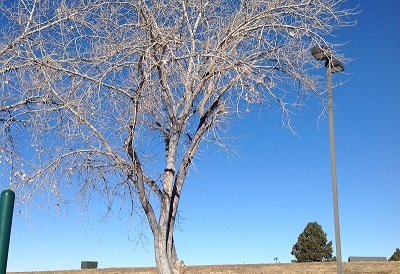Tree Pruning in the Winter
Late winter is a great time to prune trees. The trees are still dormant, but there is plenty of time for new growths to emerge before the spring weather starts. In fact, pruning just before the early
So, you want to maximize the growth. Here are the top steps to take to prune your trees in the winter month.
Plan Your Pruning Ahead of Time
You need to plan. You can’t just start cutting at tree branches and hope for the best. You want to make sure you only cut the branches that are dead. So, look at the trees you’re removing and have a plan of attack on each one.
You’ll want to remove any of the torn, broken, or dead branches. This will prevent nutrients being sent to them when they don’t need them, allowing the rest of the tree to benefit from the water and nutrients you offer.
Keep One Dominant Vertical Top Stem
When it comes to shade trees, you only need one dominant vertical top stem. Decide on which one that will be before you start. There’s no need to but off the tops of any of the trees.
As you’re cutting the branches along the trunk, you’ll need to space them out. Look out for the branches below the permanent canopy. They shouldn’t grow upright, and you’ll want to prune them before they get too large.
Don’t Over-Prune the New Trees
There is a risk of over-pruning when it comes to new trees. There’s not much you’ll need to do at first. What you’ll want to look out for is anything that has died or become damaged over the winter. Remove those branches, but leave the rest as is.
The only other change to this is if you have crossing limbs or anything that’s interfering with the main stem. In this case, get rid of the interference to protect the rest of the tree.
Utilize the Branches for Mulch
When you’re cut off the branches, you can recycle them. Instead of putting them out on the curb for the garden waste pick-up, you’ll want to create your own mulch. Cut the branches down so that they will break down into the mulch. You create your own organic material. This is a low-cost way to help protect your trees throughout the year.


Comments are closed.